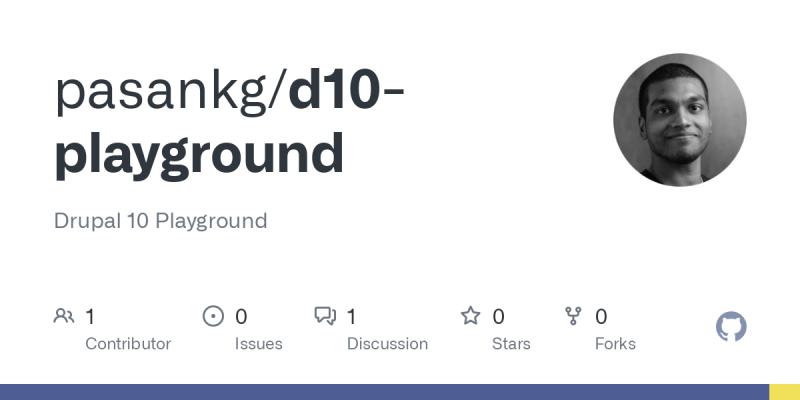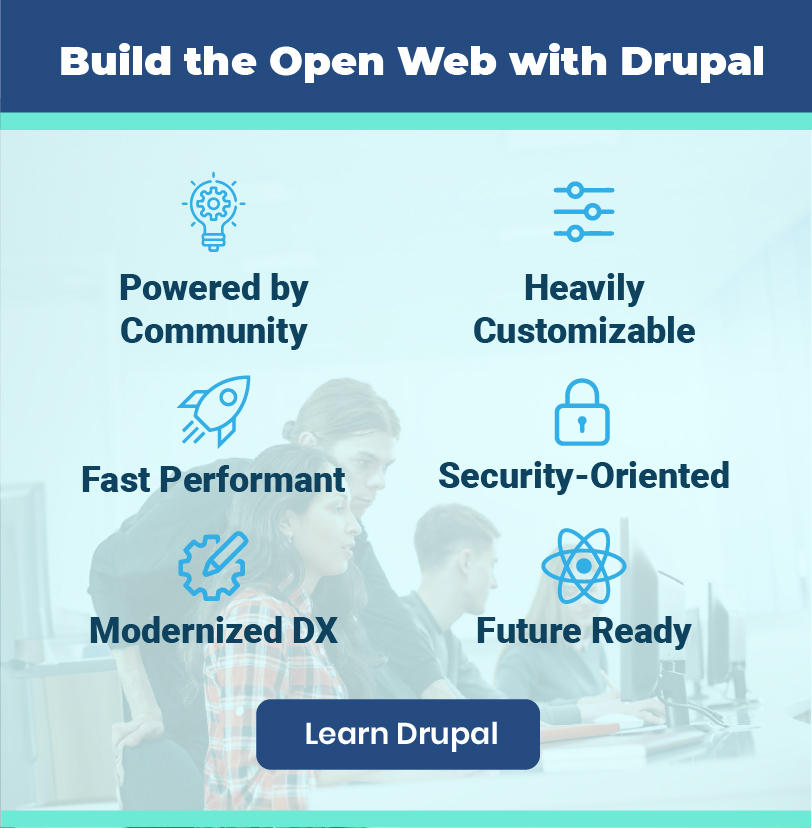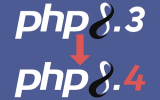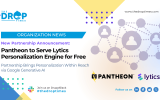Pantheon Autopilot Toolbar Module Shouldn't Need to Exist...
The creator himself says the Pantheon AutoPilot Toolbar Module by Kevin Reynen, created on 24 January 2024, shouldn't need to exist if not for a navigation shortcoming in Pantheon's Dashboard UI. The module streamlines users' access to Autopilot status for individual sites within Pantheon's Dashboard. Kevin aims to promote this to raise awareness at Pantheon that non-Workspace users need a way to navigate to Autopilot using just the Dashboard UI.
The DropTimes [TDT] contacted Kevin Reynen to learn in detail about his new module and the reason for its existence. Similarly, it was necessary to understand Pantheon's stand on the claim. In an email correspondence, Alka Elizabeth, a sub-editor with The DropTimes, interacted with Kevin and representatives from Pantheon for a panoramic coverage of the issue.
Kevin, the Principal Web Applications Developer at the University of Colorado, delves deeper into the issue of Pantheon's Dashboard UI that nudged him into creating the Pantheon AutoPilot Toolbar module.
Pantheon describes its Dashboard as “the hub of all development and activity for an individual site” and there is a lot already going on. Everything from Site Team membership to accessing New Relic is handled there. Unfortunately, navigating to Autopilot, Pantheon’s tool for Visual Regression Testing (VRT), required Workspace-level access.
Kevin continued.
At the top level, Pantheon’s Dashboard uses Workspaces to define who owns and pays for which sites. Across the University of Colorado, there are more than 1300 Drupal sites in 4 different Professional Workspaces run by different groups at the system and campuses. Users granted access at the Workspace level have access to all sites in the Workspace as well as additional tools like Advanced Global CDN and Custom Upstreams.
Kevin’s team oversees all Workspaces for the cu.edu sites and several campus-specific sites. However, the access policies for each Workspace differ. Within their Workspace, specific sites are accessed by other CU staff and vendors via the Pantheon Dashboard. These users are added either directly as part of the Site Team or as part of a Supporting Workspace. The Supporting Workspace feature allows all users from an agency's Workspace to access that site, thereby delegating the task of adding and removing users to the agency. This approach proves particularly effective in large organizations where multiple agencies are involved in building and supporting numerous sites simultaneously.
Professional Workspaces are a great way for higher education customers to keep track of what is happening on hundreds of sites running on their domain.
He highlights the significance of Professional Workspaces for higher education customers, allowing them to oversee numerous sites within their domain. While a Workspace can be established with a free Silver account level, accessing additional collaboration tools like Multidev, Custom Upstreams, and Autopilot necessitates a Gold level account. Notably, members of a Site Team without a Workspace account will view their accessed sites within their Personal Workspace context and, even with a Gold level of service, cannot navigate to Autopilot from the Dashboard. However, they can access Autopilot directly with the appropriate permissions, enabling them to review visual regression tests and modify testing configurations.
The Pantheon Autopilot Toolbar module simply uses the Site ID variable for the site it’s installed on to provide a link for any user granted permission to access the Autopilot Toolbar module. It is NOT a sophisticated integration that leverages Pantheon’s API in any way.
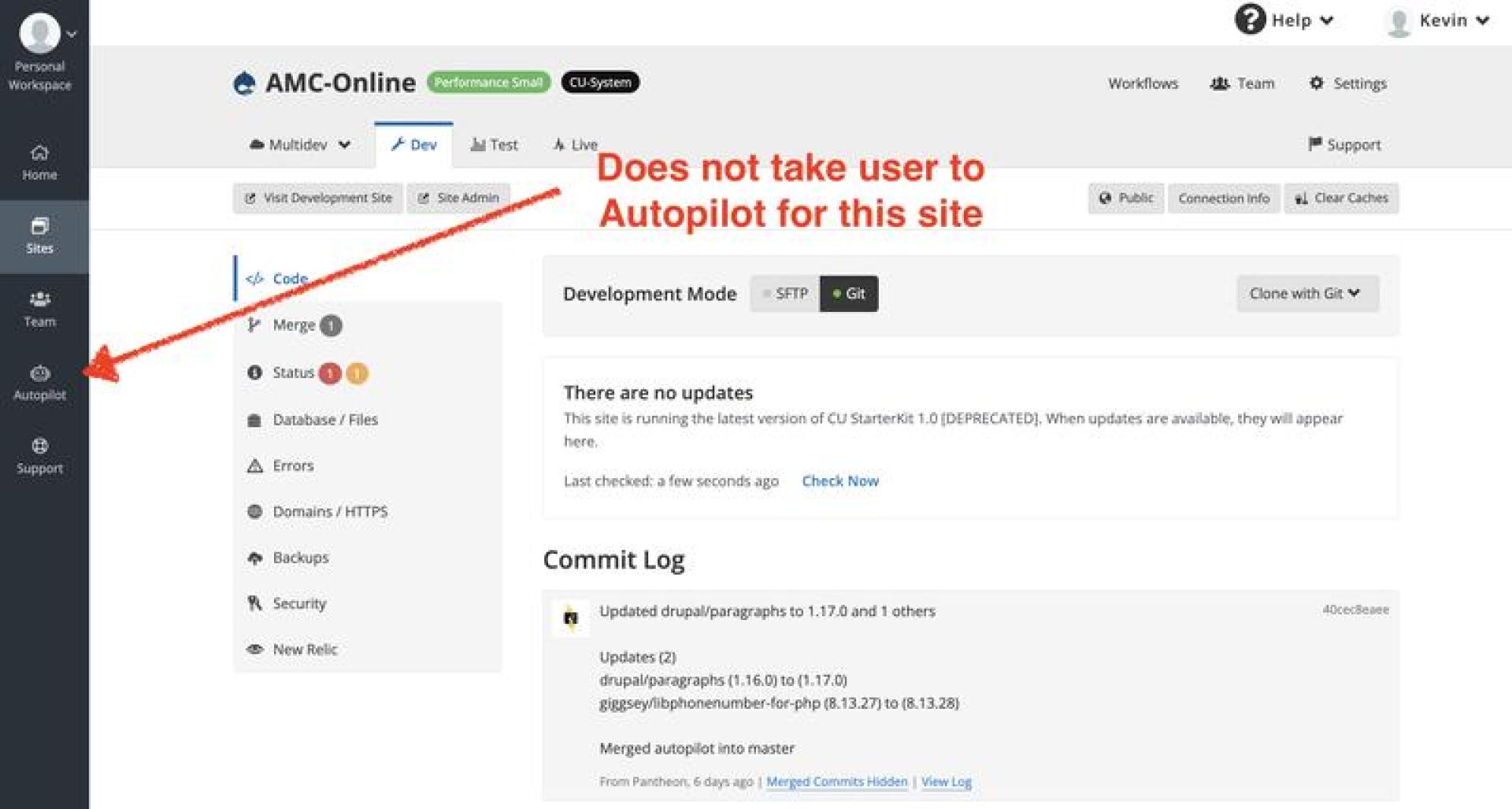
If you give someone access to the Autopilot Toolbar in Drupal, you must also grant that user access to the Site Team in Pantheon. The module isn’t even aware of whether Autopilot has been configured for that site or not.
The module is only useful for sites hosted on Pantheon. It works really well in a higher education context where we use the same SSO solution for our Drupal sites and the Pantheon Dashboard, but it can be useful in an agency’s Workspace if the agency wants to empower clients to be ambitious site builders. However, the Pantheon Autopilot Toolbar module is not education-specific!
Kevin developed the Pantheon Autopilot Toolbar module mainly due to his background as a backend developer, prioritizing security and codebase maintenance over minor changes in Drupal core and module updates that impact a site's appearance. He emphasizes the importance of maintaining critical functionality, such as completing forms that feed leads to Salesforce, even if it means deploying updates that may affect the site's visuals.
The Pantheon Autopilot Toolbar module gives us a way to empower those people to make decisions about how much difference in a site’s appearance is too much without having to give them access to every site in our Workspace.
Kevin Reynen makes it clear that he is not planning on creating any additional features for the module. He also notes that, since creating the module, several members of different Pantheon teams have reached out to acknowledge the current navigation/permission issues in the Dashboard and let him know they are working on adding a link for Site Team members to Autopilot under the current NewRelic link in a future Dashboard update.
"I didn’t write this module to criticize Pantheon’s Dashboard or even their priorities as a company. I fully acknowledge that the number of sites hosted on Pantheon where someone who doesn’t have access at the Workspace level would be involved in Autopilot is currently very low."
adds Kevin Reynen.
He highlights the independence facilitated by open source and well-documented APIs, enabling him and his group at the University of Colorado to address issues without reliance on vendor prioritization. Kevin and his team at the University recognize Pantheon’s Autopilot as a tool with a UI that non-developers could already understand and they had to connect them directly to it.
"Pantheon gave me everything I needed to bypass the Dashboard’s current limitations and empower the Ambitious Site Builders who are more concerned about padding changes. I’ll continue to maintain the Pantheon Autopilot Toolbar module until there is no longer a need for it."
Kevin concludes.
Kevin aimed to promote his new module to spread awareness about the navigation shortcomings in Pantheon's Dashboard UI and Pantheon has provided their response to the claim to The DropTimes.
"We're really lucky to have such a passionate and engaged user community. This is one of the benefits of the open-source ethos that's in Pantheon’s DNA, and I'm personally grateful for everything Kevin brings to the table. It was a huge compliment to me that he enjoyed our certification program and found it credible!
We are rolling out UX improvements as we continue to deploy our design systems and modernize a number of the systems that power our product. While our SaaS user interface isn't something we can allow direct community contributions to, it's amazing and wonderful to see people like Kevin leveraging the power of Drupal to improve the experience for our users. As you can see from the number of Pantheors who responded positively to Kevin's post, we really value the way our customer community can self-help in parallel with our ability to deliver steady progress."
Note: The vision of this web portal is to help promote news and stories around the Drupal community and promote and celebrate the people and organizations in the community. We strive to create and distribute our content based on these content policy. If you see any omission/variation on this please let us know in the comments below and we will try to address the issue as best we can.














